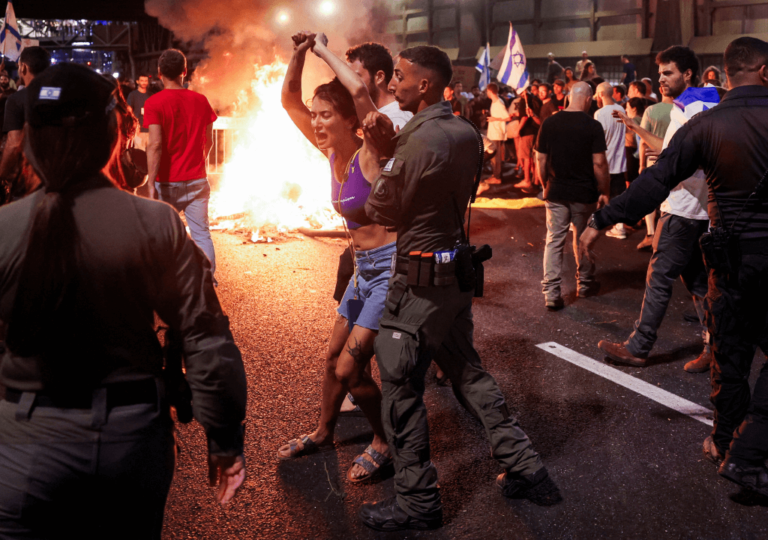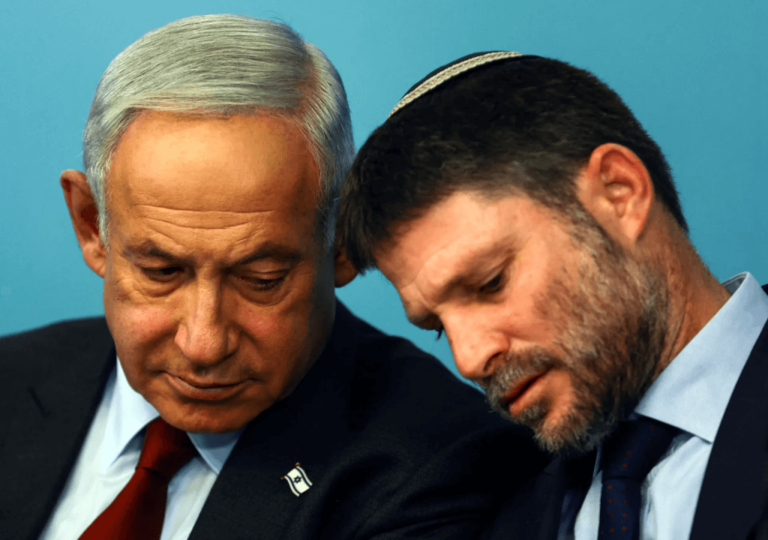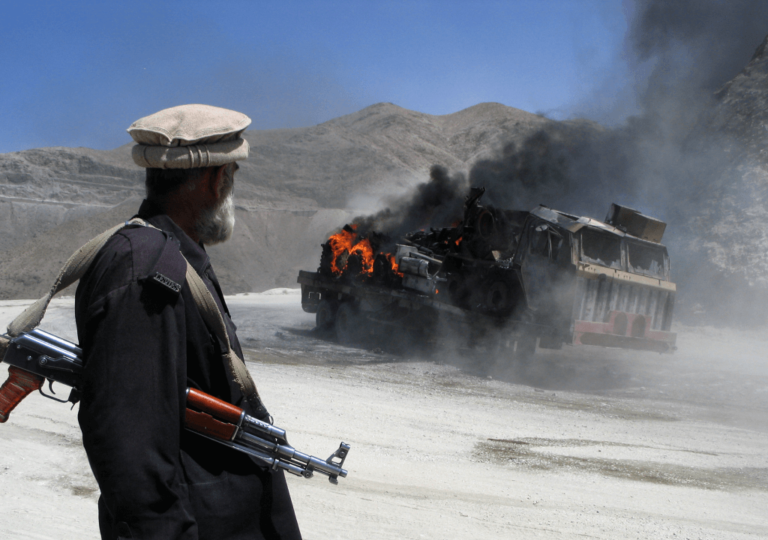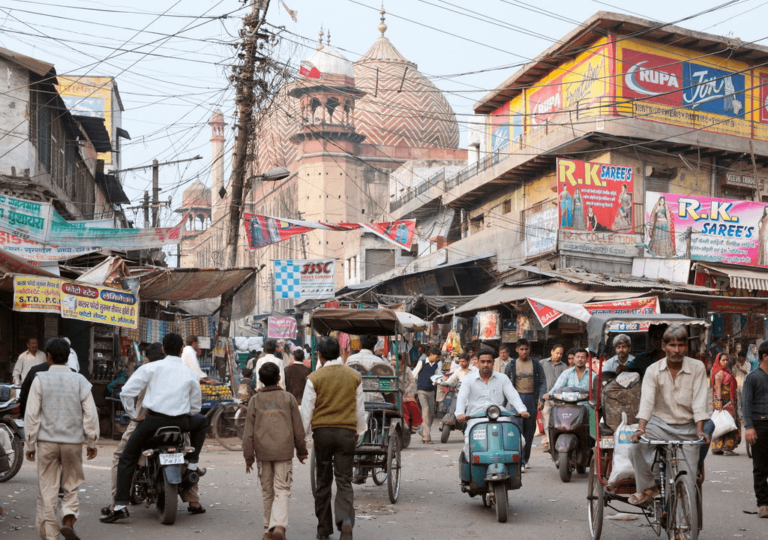Why Did Outrage Erupt Over the Gaza War in Israel?

Protests erupt in Israel demanding a ceasefire and the return of hostages after six bodies were discovered in Gaza

Protests erupt in Israel demanding a ceasefire and the return of hostages after six bodies were discovered in Gaza

Bangladesh's interim government, led by Muhammad Yunus, faces challenges in conducting elections amid ongoing political unrest and reforms

Israel's actions against Hamas are expanding throughout Palestinian territories, raising concerns over the future of a Palestinian state

South Korea's court mandates stronger climate action, ruling existing laws inadequate for protecting future generations rights

China and Japan's relationship is at a critical low, with tensions escalating amid historical grievances and territorial disputes

Malaysia charges ex-PM Muhyiddin with sedition over alleged remarks about former king

Bangladesh grappling with massive flood affecting over 5 million amid political uncertainties and strained relations with India

The demand for an independent Balochistan, a state for the Baloch people, has led to conflicts with Pakistan since 1948

Afghanistan was infused with extremist Islamic ideology by the U.S. to counter the Soviet Union, leading to the Taliban's rise and the U.S. invasion

Uttar Pradesh, India's most populous state, faces significant governance challenges due to its large population and size